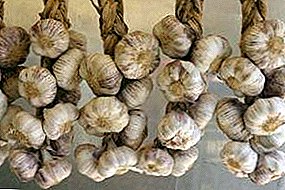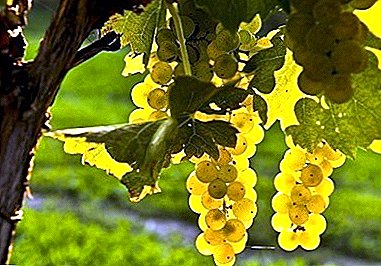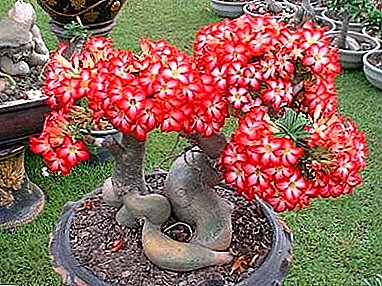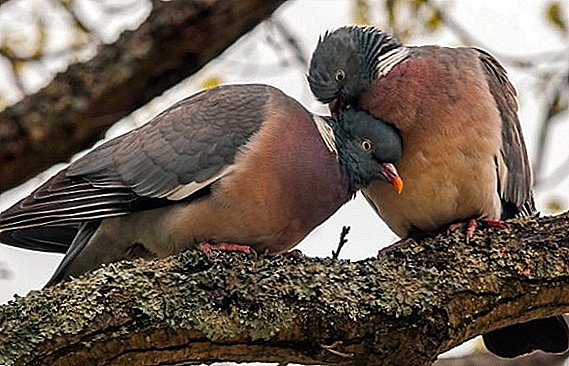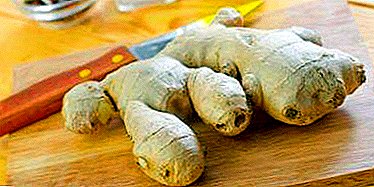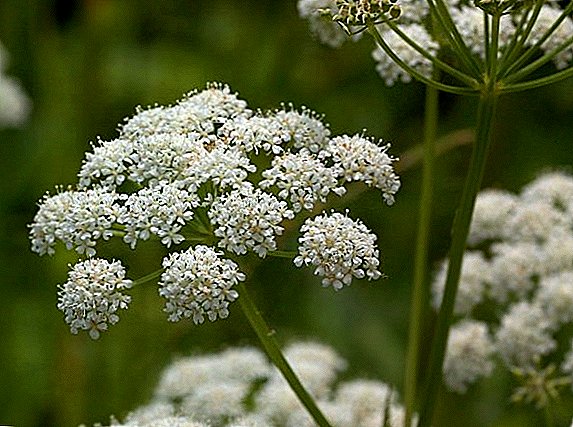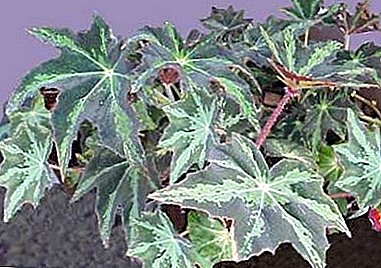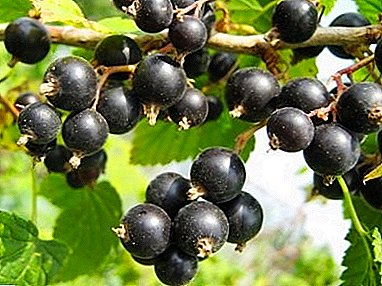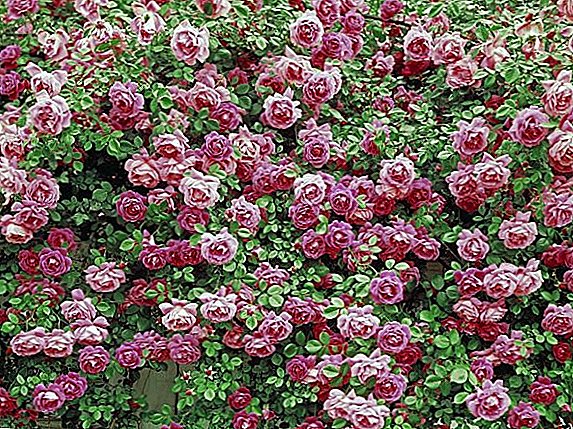 Tea rose - This is one of the hybrids of Chinese varieties of roses. Sometimes this plant can be called "fragrant rose".
Tea rose - This is one of the hybrids of Chinese varieties of roses. Sometimes this plant can be called "fragrant rose".
Tea rose belongs to the class of dicotyledons, the order of Rosaceae, the family of pink, the genus of wild rose.
Planting tea roses on the site
 Tea, or fragrant rose has long become a favorite of people engaged in floriculture. Newly bred tea rose varieties are striking in the number of colors and varieties. However, in order for the tea beauty to please her magnificence, she needs proper fit and care.
Tea, or fragrant rose has long become a favorite of people engaged in floriculture. Newly bred tea rose varieties are striking in the number of colors and varieties. However, in order for the tea beauty to please her magnificence, she needs proper fit and care.
Optimum timing and choice of landing site
When choosing a place where tea roses will be planted, do not rely only on the aesthetic aspect. For good flowering rose needs a comfortable place in which it will be protected from the cold wind. Sunlight is vital for a rose, because the place should be open, and the location of nearby trees is possible.
Important! Choosing a place, consider the possibility of building a support for the bush. You will also need to build a winter hiding place for the rose..
The optimal time for planting is autumn, but before the onset of frost. If you plant a rose in early autumn, then it will be able to take root thoroughly and get stronger, overwinter, and at the beginning of next summer - bloom. In the spring planting a tea rose is risky. Because of possible frosts, the first shoots of a tea rose may die.
Soil and its fertilizer before planting
 For good growth and flowering, the rose needs well-fertilized loam, which should be slightly acidified, and also the area should be well drained. If the area is slightly sandy soil, it is desirable to add to the planting mixture of dried clay, humus and turf.
For good growth and flowering, the rose needs well-fertilized loam, which should be slightly acidified, and also the area should be well drained. If the area is slightly sandy soil, it is desirable to add to the planting mixture of dried clay, humus and turf.
Did you know? It has been proven that a stronger aroma exudes a red tea rose that grows on soils that are heavy in composition..
If groundwater is located close to the land, then for roses it is necessary to make an elevation.
Timely, and most importantly, proper fertilization of the soil will enable the rose to bloom well and develop properly. Before planting, you need to dig a good 30 cm deep.
Fill in the already dug up soil fertilizer, consisting of a compost bucket and a glass of ash (proportions for 1 square meter). After that, thoroughly plow the ground. You can use mineral fertilizers that will give strength to your bush.
Important! Tea rose needs constantly moistened soil..
Landing technique
Before planting, you need to soak the roots of the tea rose in plain water for up to ten hours. After that, prepare a pit for planting. For roses, you will need a pit, the depth equal to the length of the roots, and in diameter about 30 cm.
 Before planting, the rhizome of a rose is dipped in a solution of clay, manure and water. This will help the plant to easily adapt to environmental conditions, and the rose will quickly take root. After the planting pit for planting roses has been used for its intended purpose, cover it with earth and form a small hillock.
Before planting, the rhizome of a rose is dipped in a solution of clay, manure and water. This will help the plant to easily adapt to environmental conditions, and the rose will quickly take root. After the planting pit for planting roses has been used for its intended purpose, cover it with earth and form a small hillock.
This will help not to bare the roots of the rose after the soil has settled. After planting, water the tea rose bush and do not forget to pile up the soil.
Care for tea rose
For the tea rose in the garden to develop normally and please the eye for a long time, proper care is needed.
Watering mode
The tea rose loves water very much, but few know how to water the tea rose bushes. It should be watered once a week with plenty of water. Water should not contain lime and be too turbid. Due to polluted water, the rose may die. It is better to use separated or rain water.
 If a rose has a lack of liquid, then the buds will sharply decrease, the flowering will not be so lush, and even the fragrance that comes from the flowers will not be so rich and strong. Immediately after watering, mulch the soil so that the root system has access to oxygen.
If a rose has a lack of liquid, then the buds will sharply decrease, the flowering will not be so lush, and even the fragrance that comes from the flowers will not be so rich and strong. Immediately after watering, mulch the soil so that the root system has access to oxygen.
Tea Rose Fertilizer
The appearance of rose flowers directly depends on the quantity and quality of fertilizers. Some varieties without fertilizer will not be able to bloom. Complex fertilizers for tea roses must necessarily contain potassium, magnesium and phosphorus.
The first top dressing of a bush should be made with nitrogen fertilizers, the second with fertilizers containing potassium, and all the rest should alternate between mineral and organic. Particularly necessary fertilizer rose during flowering and budding.
How to prune
Pruning tea rose should be carried out three times a year. The first pruning should be done in the spring, the second - in the summer, and the third - in the autumn. The last pruning will help the bush to prepare for winter.
But the main pruning, on which depends how the rose will look, comes in the spring. During the spring pruning you need to properly form the appearance of the bush and cut long shoots and buds.
Before you cut the rose, you need to examine it. Cut the rose should be higher than half a centimeter sprout. Initially, diseased and damaged branches are pruned. Also, be sure to cut thin branches, the diameter of which is less than a centimeter.
Cutting large branches, you need to leave a third of its length. Due to this, the rose will have the opportunity to grow strong stems, on which large buds will flaunt.
Frost resistance: how to prepare a tea rose for winter cold
 The most important stage in preparing tea roses for winter is choosing the right time for shelter and pruning. If it is too early to dig in or cover a rose, then you will weaken its immunity, and it will die from the first disease. If it is too late to prepare, the rose is in danger of dying from the cold.
The most important stage in preparing tea roses for winter is choosing the right time for shelter and pruning. If it is too early to dig in or cover a rose, then you will weaken its immunity, and it will die from the first disease. If it is too late to prepare, the rose is in danger of dying from the cold.
The best time to prepare rose bushes for winter is the end of autumn. But the exact date is hard to say, because the climate can be different. The starting point for the start of preparation can serve as a mark on the thermometer at 0 degrees.
The first thing you need to do to prepare the roses for wintering is to trim the longest shoots. 6 buds are left on the shoot so that next year the rose can grow again. After that, you need to examine the remaining shoots. If watery or colored areas are found, they should be removed.
After that, the rose must be covered. To do this, you can prikopat rose surrounding earth, covering the roots and part of the stems. During this procedure, the soil is saturated with air, which subsequently acts as a heat insulator, keeping the ground from freezing.
Resistance of tea rose to diseases and pests
 Tea rose is affected by various diseases. It is important to identify them in time and take measures to cure diseases, otherwise you risk losing your shrubs.
Tea rose is affected by various diseases. It is important to identify them in time and take measures to cure diseases, otherwise you risk losing your shrubs.
One of the enemies of roses is considered powdery mildew. It occurs due to drying out of the soil. Symptoms are the appearance of white or gray dust. If you see similar manifestations on your roses, immediately spray the bushes with "Raykom" or "Fundazole".
Gray rot does not allow buds to bloom. She covers them with white bloom, and they begin to rot. The reason is high humidity. For treatment, Euparin Multi is used, which is treated with rose bushes.
Bacterial cancer affects the roots. It is difficult to track, as the focus of disease is hidden underground. Inspect the root collar for growths. Cancer develops due to dampness, an oversupply of manure in the fertilizer and injured roots.
To cure a rose from cancer, you need to cut out growths and treat wounds with green paint. In addition, the plant is dug up and dipped roots in a solution of copper sulfate.
One of the most dangerous pests among insects are considered bronze beetles. They look like beetles in May and especially love roses of light tones. When the beetles start on a rose, they gnaw at the buds.
At the end of the summer, the beetles hide in the soil, and in the spring they crawl out again and continue to eat the roses. The only way to get rid of bugs is to manually collect them all. This is done early in the morning when they sit motionless on the bushes.
 In general, the tea rose will be an excellent design decision if you want to decorate your site, and the knowledge gained will help you grow a healthy and strong plant. The undeniable positive quality of tea rose is also the ability to use it in cooking.
In general, the tea rose will be an excellent design decision if you want to decorate your site, and the knowledge gained will help you grow a healthy and strong plant. The undeniable positive quality of tea rose is also the ability to use it in cooking.


